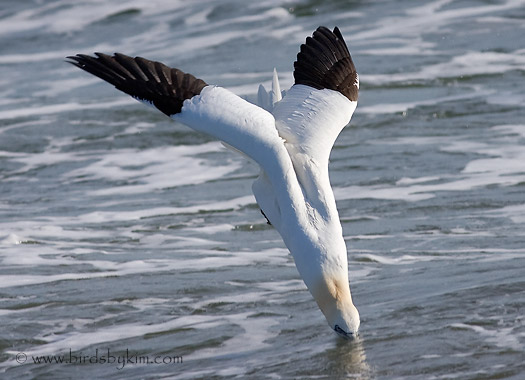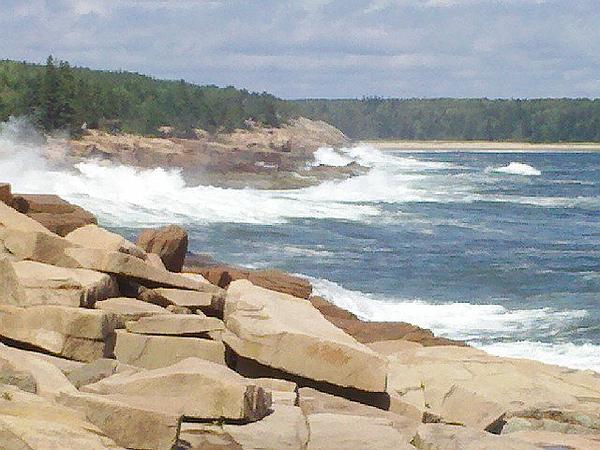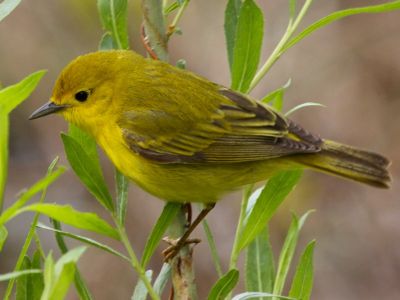The cool thing about going to Maine is that I get to see birds I would never see at home. This northern gannet is a perfect example. There’s no way this huge sea bird with a six and a half foot wingspan would be found taking a nose dive in the Monongahela River. He needs deep saltwater for his livelihood.
I’ve seen northern gannets from the shores of Virginia and Florida in the winter but they’re far away and look like tiny arrowheads. To get a closeup like this and to see a host of birds who never come near shore, I have to travel far off the coast on a pelagic tour.
Maine Audubon has an annual pelagic tour in October that goes 40 miles off the coast of Bar Harbor, but I’ll be in Pittsburgh then. What to do? A Maine birder gave me a tip: You can see pelagic birds on the Whale Watch. The goals of these two boat trips are different but the whale watch looks for whales up to 20 miles offshore and pelagic birds are often in the vicinity of whales because both are looking for food-filled patches of ocean. He also said that if you can pick any day to make the trip, go when the wind is light – otherwise the wave action hides the loafing birds.
So I went on the whale watch Wednesday morning when the waves were less than a foot high. The weather was great and I met another birder, Andy Block, who leads birding tours to Costa Rica for Tico Tours. For a landlubber like me sea birds are often confusing so I was really glad Andy was there to tell me what they were:
- Sooty shearwaters (life bird!) and greater shearwaters.
- Pomarine and parasitic jaegars. New to me: the Pomarine’s tail feathers look twisted.
- Wilson’s storm-petrels, the size of starlings. They patter the water with their feet.
- Black guillemots, razorbills (wish I’d seen them better) and possibly a puffin (another life bird, riding the waves and very hard to see).
- Huge rafts of common eiders, mostly brown females and immatures,
- And my very favorites, the northern gannets, taking nose dives into the sea.
I do enjoy these trips! And now you see why I was thinking about waves this week.
p.s. I nearly forgot to mention we did see a whale – one finback – plus harbor seals and harbor porpoises.
(photo by Kim Steininger. Click on the photo to read Kim’s blog describing how she captured it.)


 From the moment I became a birder there was a section of the field guide that gave me the shivers.
From the moment I became a birder there was a section of the field guide that gave me the shivers.